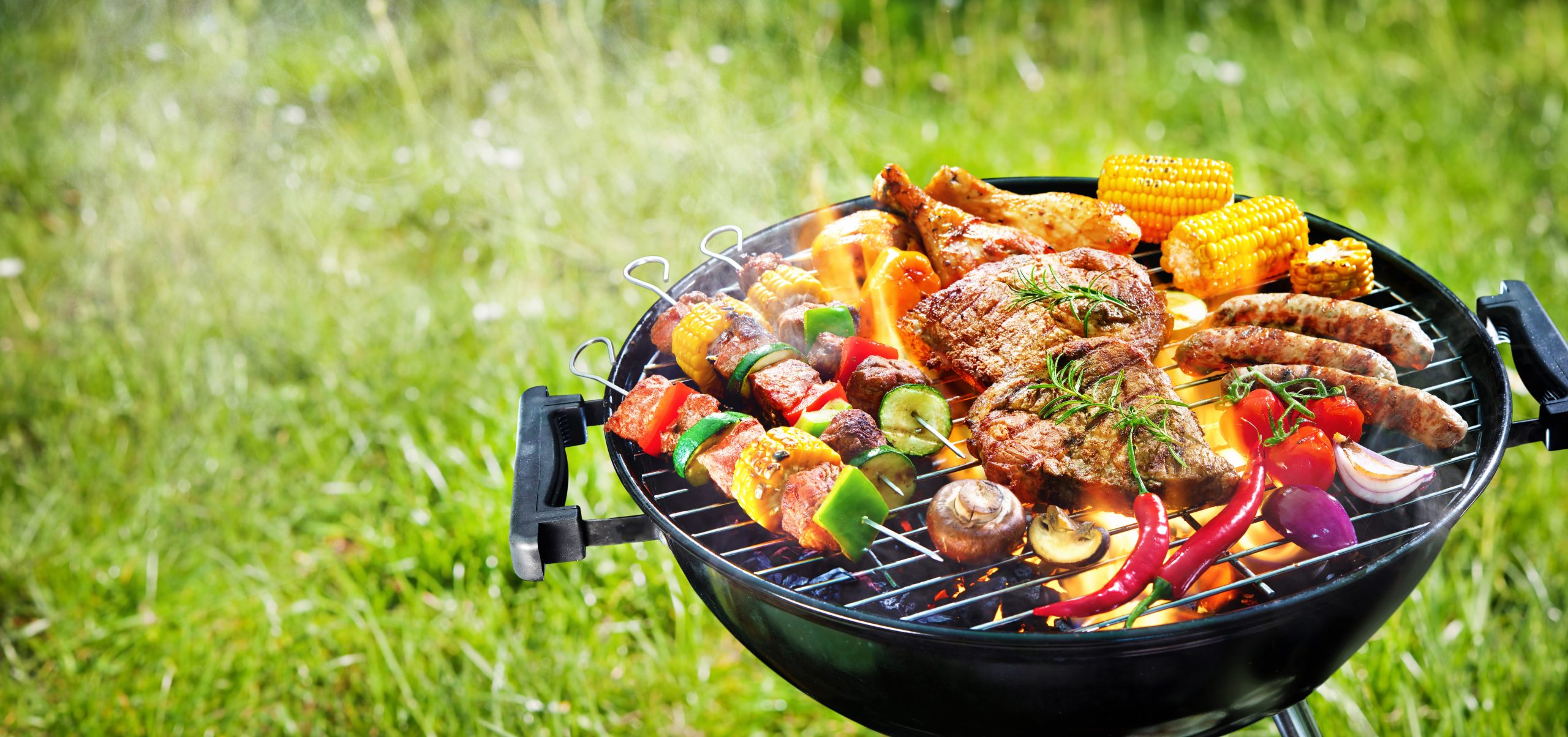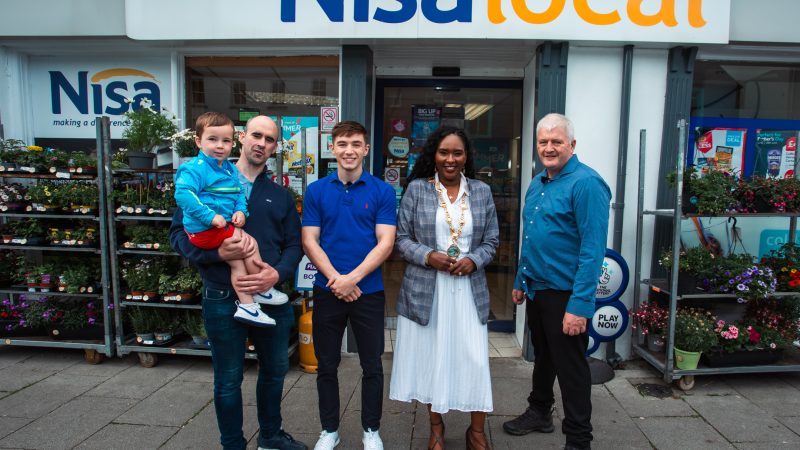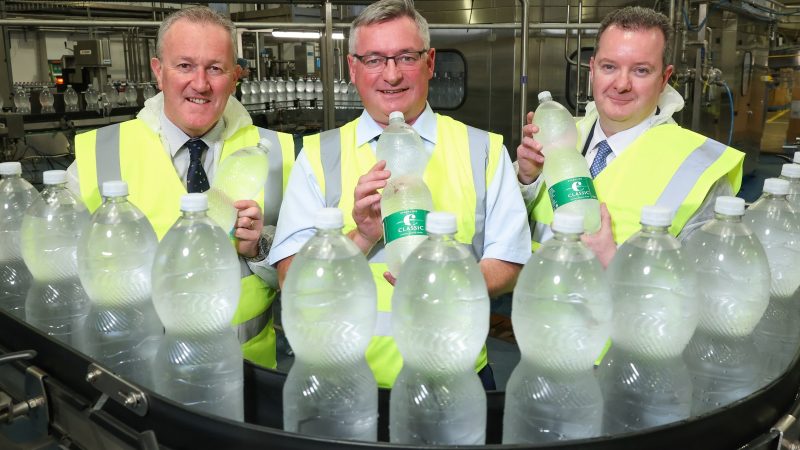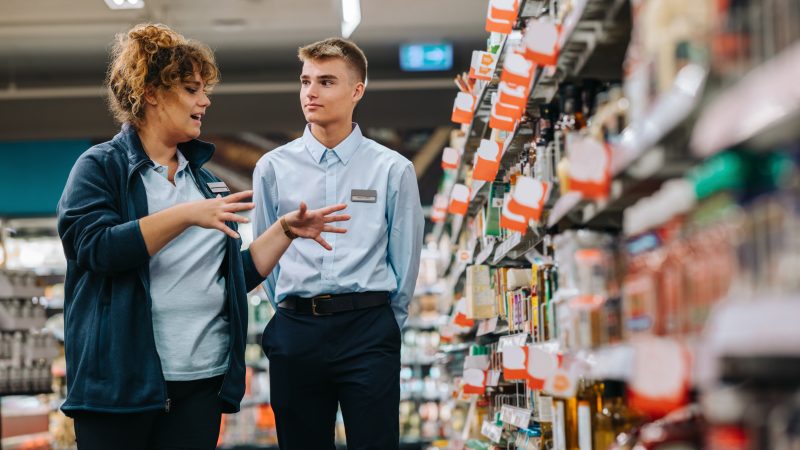Grocery price inflation gradually returning to normal levels

Grocery price inflation fell for the 15th consecutive month to 2.4%, the lowest level since October 2021.
It is now sitting only 0.8 percentage points higher than the 10-year average between 2012 and 2021, according to Kantar.
In their latest supermarket share and inflation update, Kantar reveals that take-home grocery sales rose by 2.9% over the four weeks to 12th May.
Thanks to recent spells of good weather, barbecues have been getting their first outings of the year, with burger sales climbing by 13% and beer and wine sales up by 9% and 21% respectively. As Fraser McKevitt, head of retail and consumer insights at Kantar explained, grocery price inflation is gradually returning to what is considered more normal levels.
“Typically, an inflation rate of around 3% is when we start to see marked changes in consumers’ behaviour, with shoppers trading down to cheaper items when the rate goes above this line and vice versa when the rate drops,” said Fraser.
“However, after nearly two and a half years of rapidly rising prices, it could take a bit longer for shoppers to unwind the habits they have learnt to help them manage the cost-of-living crisis. Own-label lines are proving resilient for example, and they are still growing faster than brands, making up over half (52%) of total spending. Sales of premium own-label ranges continue to increase too, up by 9.9% compared with a year ago.”
While pressures remain on household budgets, shoppers took the opportunity to enjoy the long weekend on 4th to 6th May, and with a summer of sport on the horizon, including UEFA European men’s football and the Olympic Games, sales could increase for retailers.
“Major sporting events can have a big impact on grocery sales, particularly in categories like alcohol,” added Fraser McKevitt.
“Especially if it’s paired with warmer temperatures, this year’s summer of sport could deliver a welcome boost for the sector.”
Meanwhile, Lidl reached a new record-high market share of 8.1%, fuelled in part by its bakery counters, as well as its loyalty scheme. Tesco now takes 27.6% of the market – an increase of 0.5 percentage points since last year, marking its largest annual share gain since January 2022.
Its 5.6% growth in sales was matched by Sainsbury’s, whose market share nudged up 0.3 percentage points to 15.1%, while Asda holds 13.1% of the grocery market. Convenience specialist Co-op’s share of the market is now 5.4% with Iceland holding steady at 2.3%.








